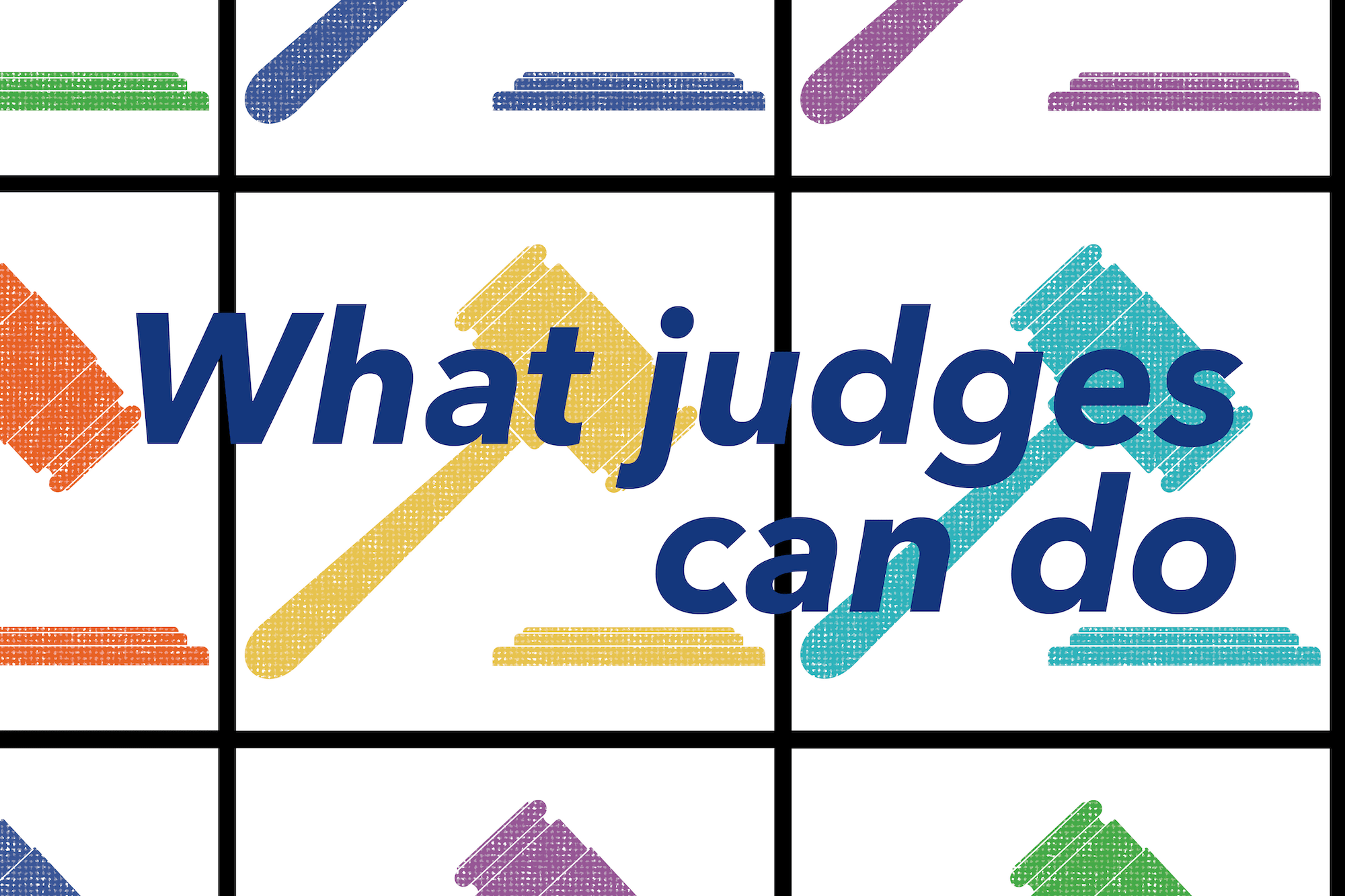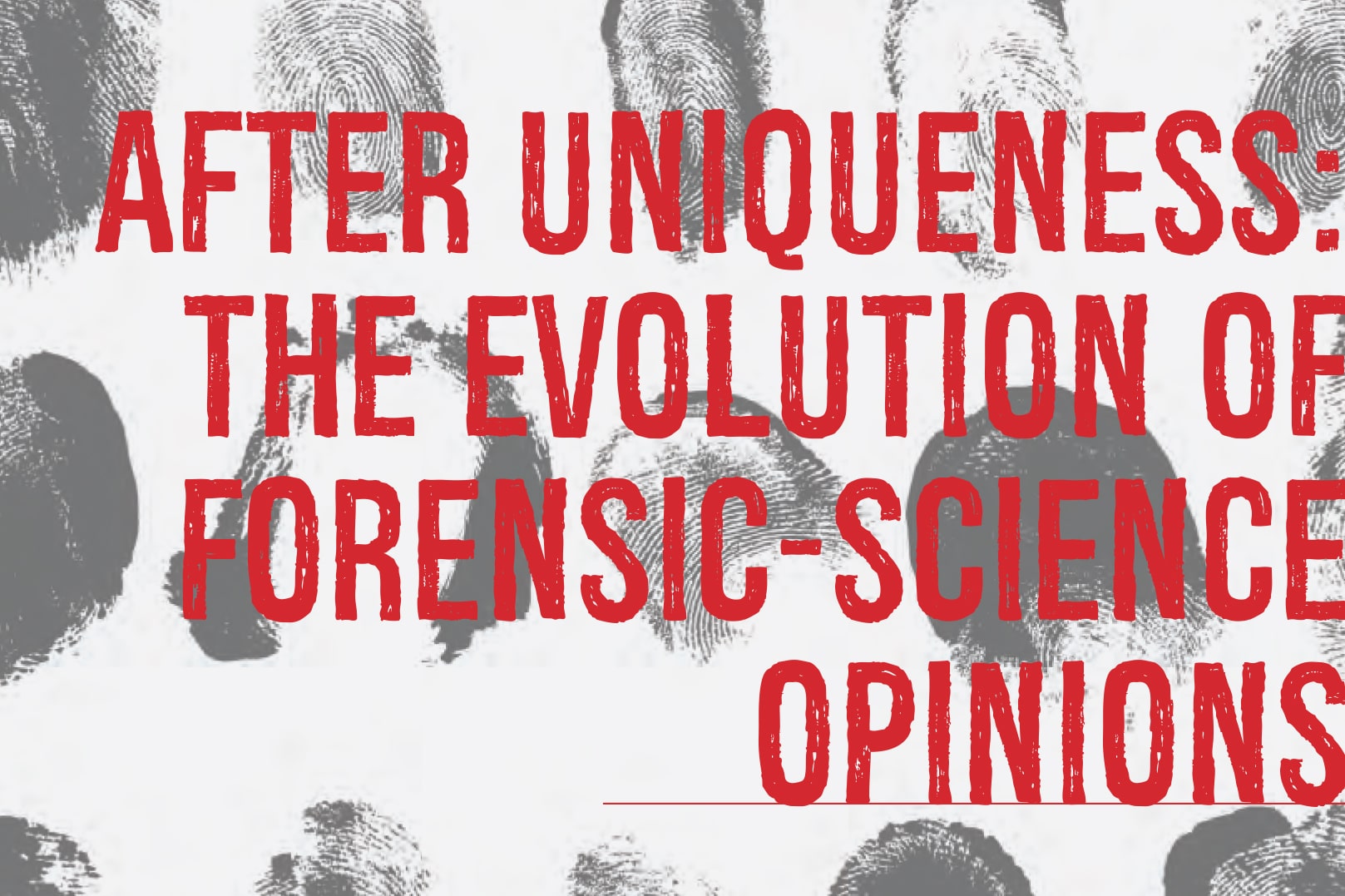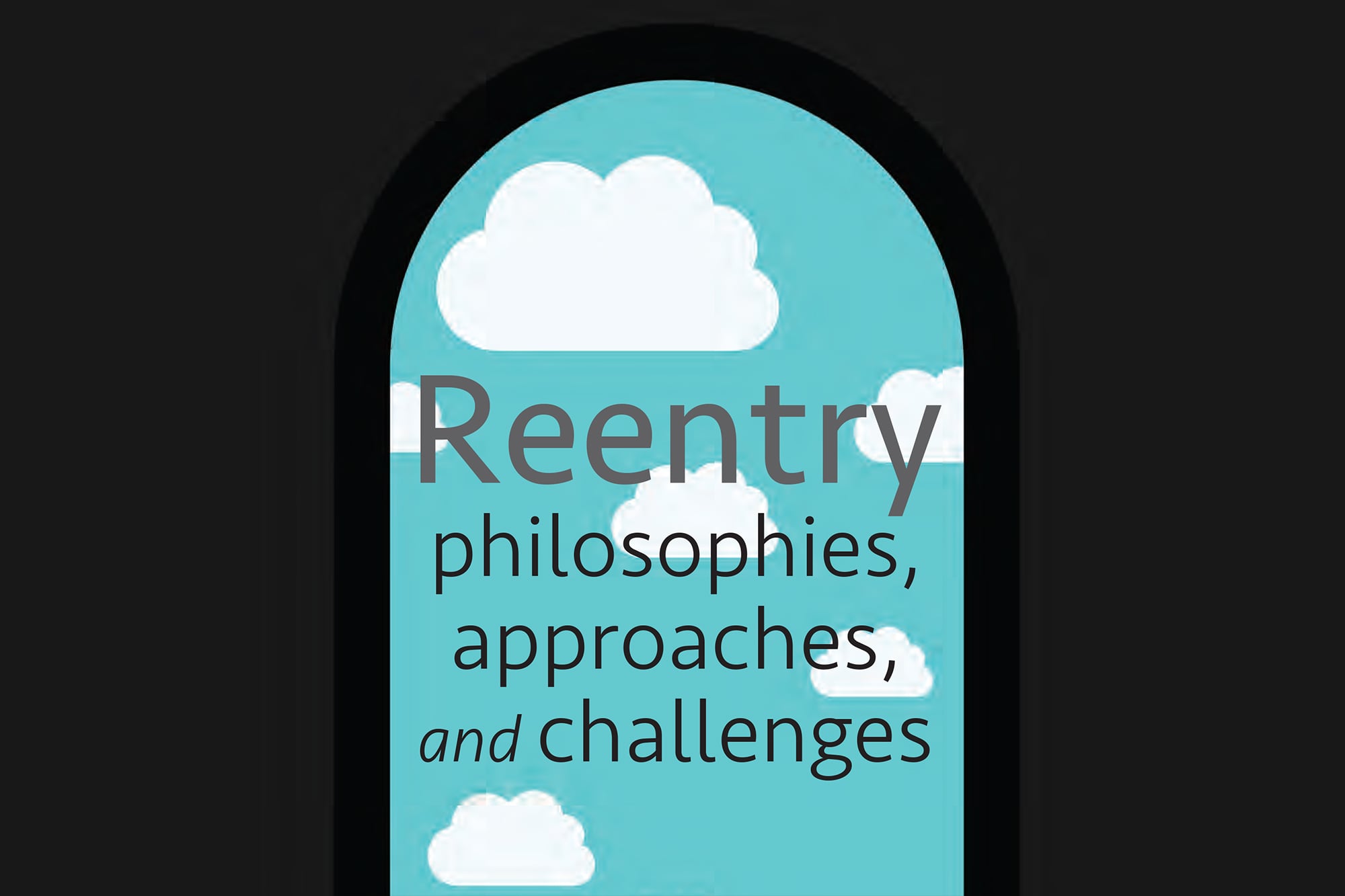Criminal Law
 Feature
Feature
Judging Eyewitness Evidence
Vol. 104 No. 1 (2020) | A Clearer ViewEyewitness evidence, in which a witness visually identifies the culprit, is a staple of criminal investigations. But its fallibility is notorious. As the National Academy of Sciences explained in an […]
 Feature
Feature
Distinguishing Between Reliable and Unreliable Eyewitnesses
Vol. 104 No. 1 (2020) | A Clearer ViewIncreasing research shows that eyewitness confidence at the time of the initial identification can be a strong predictor of accuracy under appropriate lineup identification conditions.1 In such conditions, police show […]
 Feature
Feature
The Creation and Conclusions of the Third Circuit Task Force on Eyewitness Identifications
Vol. 104 No. 1 (2020) | A Clearer ViewIn 2016, the Third Circuit sat en banc to hear the case of Commonwealth v. Dennis.1 Little did the court realize the sustained impact this single appeal would have on […]
 Feature
Feature
A Clearer View: The Impact of the National Academy of Sciences Report on Eyewitness Identification
by Jed S. Rakoff and Thomas D. Albright
Vol. 104 No. 1 (2020) | A Clearer ViewSix years ago, the U.S. National Academy of Sciences (NAS) convened a panel of experts to consider the problem of eyewitness identification. Eyewitnesses have long played a significant role in […]
 Feature
Feature
Assessing Risk: The Use of Risk Assessment in Sentencing
by Brandon Garrett and John Monahan
Vol. 103 No. 2 (2019) | Pay NCAA athletes?Judges are using risk assessment instruments in criminal cases more than ever before. Their role is increasingly prominent at all stages of the criminal justice system, including policing, pretrial detention, […]
 Feature
Feature
Up to the Courts: Managing Forensic Testimony with Limited Scientific Validity
by Pat Skene
Vol. 102 No. 1 (2018) | Forensic FailU.S. District Court Judge Jed Rakoff of the Southern District of New York tells the story of a firearms and toolmark examiner who appeared before him in 2008, proposing to […]
 Feature
Feature
How Trial Judges Should Think About Forensic Science Evidence
Vol. 102 No. 1 (2018) | Forensic FailHere is a forensic-science test for you. Please answer each of the three questions below True or False. Scientific tests conducted over the past 100 years have repeatedly demonstrated that […]
 Feature
Feature
After Uniqueness: The Evolution of Forensic-Science Opinions
by Alex Biedermann, William C. Thompson and Joëlle Vuille
Vol. 102 No. 1 (2018) | Forensic FailBig changes are occurring in forensic science, particularly among experts who compare the patterns found in fingerprints, footwear impressions, toolmarks, handwriting, and the like. Forensic examiners are reaching conclusions in […]
 Feature
Feature
Reentry philosophies, approaches, and challenges
Vol. 102 No. 2 (2018) | Rights That Made The World RightCompeting notions of crime and punishment have shaped the administration of criminal justice in the United States ever since the Quakers established the Walnut Street Prison in 1773 in Philadelphia, […]
 Feature
Feature
Can Federal Sentencing Remain Transparent?
Vol. 103 No. 1 (2019) | Navigating Rough SeasCriminal trials have virtually disappeared in many federal courtrooms. According to a recent U.S. Sentencing Commission report, “[i]n recent years, 97 percent of federal defendants convicted of a felony or […]

